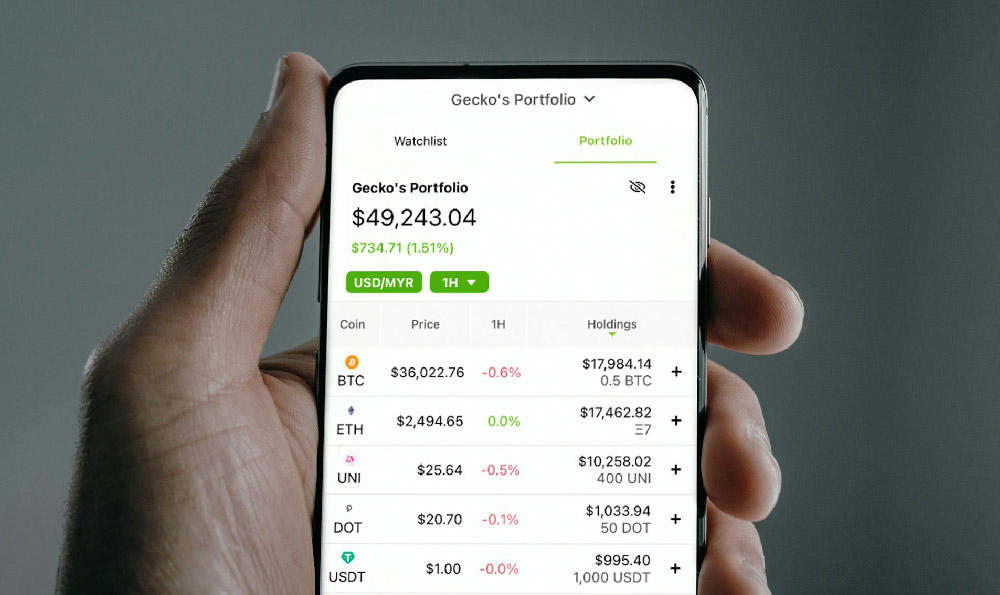The financial landscape of a doctor's career is as intricate as the medical field itself, shaped by factors that extend beyond mere clinical expertise. When examining the annual earnings of physicians, it's essential to recognize that income varies significantly across regions, specialties, and stages of professional development. In the United States, for instance, the average salary for a practicing doctor hovers around $300,000 to $450,000 per year, although this figure is far from uniform. Surgeons, anesthesiologists, and psychiatrists often command higher compensation due to the specialized nature of their work, while primary care physicians, such as family practitioners or pediatricians, may earn less, sometimes as low as $200,000. These disparities are not solely reflective of skill but also of market demand and the intensity of their workloads. The path to such earnings is typically long, requiring years of education, residency, and additional training, which can influence income trajectories. In contrast, countries like Canada and the United Kingdom offer more structured salary scales, with Canadian doctors earning approximately 20 to 40 percent less than their American counterparts, while UK physicians see salaries heavily influenced by the National Health Service's (NHS) fixed pay scales and the increasing emphasis on private-sector opportunities. The differences in these systems illustrate how the intersection of public policy, healthcare infrastructure, and market forces shapes a doctor's financial outcomes. In Asia, the picture is further complicated by varying economic conditions and healthcare systems. In Japan, for example, doctors benefit from a robust social safety net and relatively stable salaries, averaging around ¥15 million ($127,000) annually, yet their work extends beyond monetary gain, often involving extended hours and a deep commitment to community service. Meanwhile, in India, where the healthcare system is a mix of public and private sectors, a doctor's income can vary dramatically, from a few hundred thousand rupees in government positions to millions in private practice, depending on their specialization and the scale of their patient load. Beyond these macroeconomic variations, individual circumstances play a crucial role. For instance, a rural physician in the United States might earn less than their urban counterpart due to lower patient volumes and fewer resources, yet they may find greater job satisfaction and a sense of public service. Similarly, in the UK, those with additional qualifications or experience in areas such as telemedicine are increasingly finding ways to augment their income, reflecting a broader trend towards digital health integration. The question of how much a doctor makes annually is also intertwined with the broader context of their profession, including the balance between personal sacrifice and professional reward, the ethical dimensions of monetizing medical practice, and the evolving landscape of healthcare reimbursement models. As technology reshapes the industry, with telemedicine gaining traction and AI tools influencing diagnostic processes, the traditional income streams for doctors may expand, introducing new complexities and opportunities. Ultimately, while financial compensation is a vital component of a doctor's career, it is just one of many factors that define their professional journey and societal contribution. Understanding these nuances provides a more comprehensive view of the financial realities and opportunities within the medical profession.













